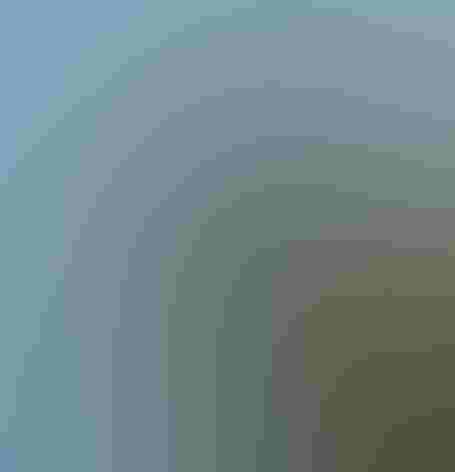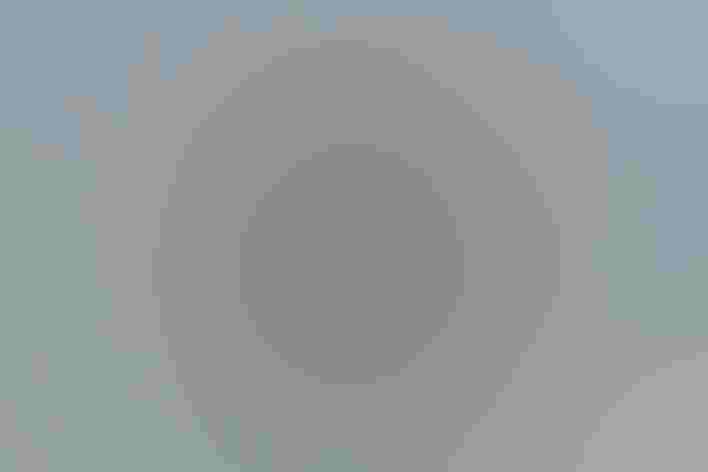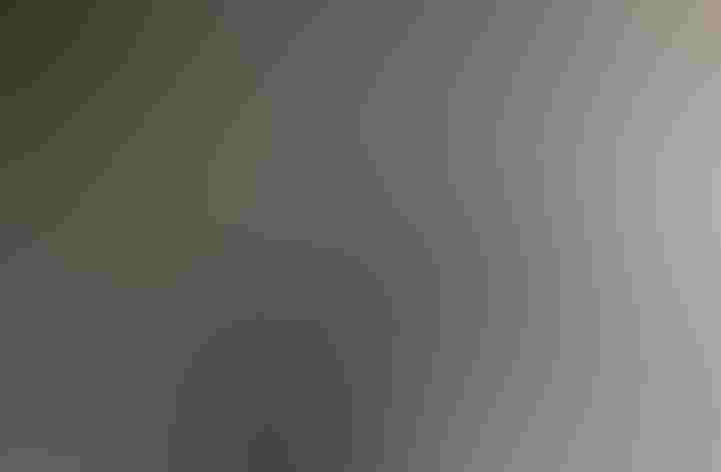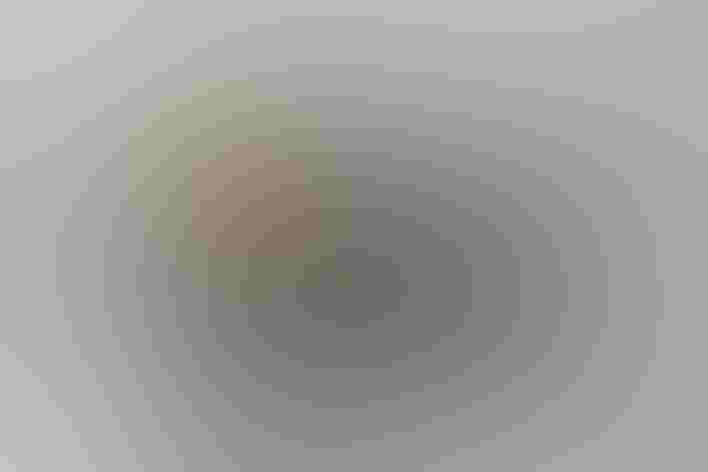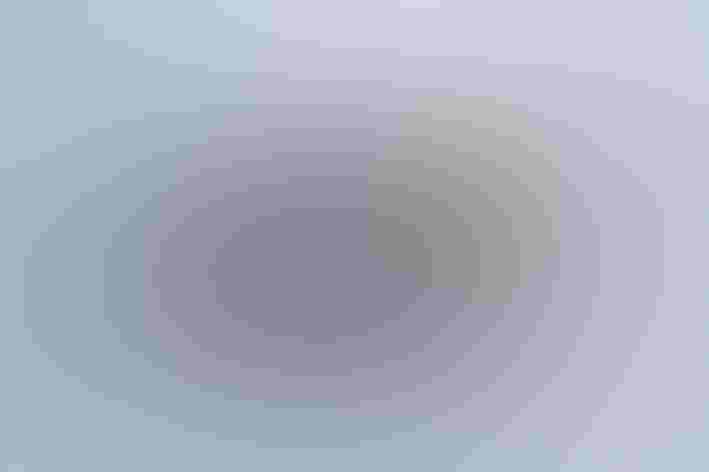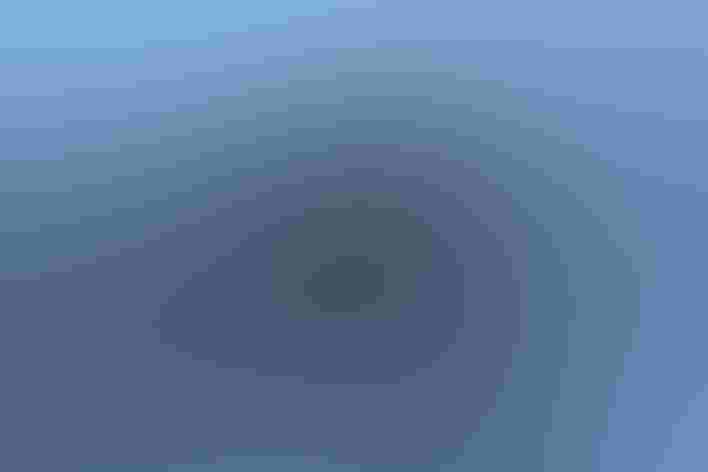Tufted Puffin
At a Glance
This dark-bodied puffin is common along the northern Pacific Coast, nesting on islands offshore, where it may be seen sitting on rocks in an upright posture. Although it flies strongly, it must work hard to take off from the water, thrashing along the surface before becoming airborne. The colorful tufts of feathers on the head are present mostly in summer.
All bird guide text and rangemaps adapted from by Kenn Kaufman© 1996, used by permission of Houghton Mifflin Harcourt Publishing Company. All rights reserved.
Category
Auks, Murres, Puffins, Upright-perching Water Birds
IUCN Status
Least Concern
Habitat
Coasts and Shorelines, Open Ocean
Region
Alaska and The North, California, Northwest, Western Canada
Behavior
Direct Flight, Rapid Wingbeats, Swimming
Population
2.300.000
Range & Identification
Migration & Range Maps
Not well known. Must leave northernmost breeding colonies, where surrounding seas freeze solid in winter. Most may spend winter very far offshore, where seldom observed.
Description
14 1/2-15 1/2" (37-39 cm). Blackish body, big bright bill. Summer adult has white face, golden head tufts. In winter, face gray, tufts reduced or lacking, bill may be red or yellow. Immature has smaller yellow bill.
Size
About the size of a Crow
Color
Black, Gray, Orange, White, Yellow
Wing Shape
Rounded, Tapered
Tail Shape
Short
Songs and Calls
Silent except for occasional growling notes uttered around the nest site.
Call Pattern
Falling, Flat, Rising
Call Type
Odd
Habitat
Ocean, nesting colonially in burrows on sea cliffs. Ranges widely at sea, from fairly near shore to far out of sight of land. Even during breeding season, may be at sea far from nesting colonies. Nests on islands, primarily on grassy steep slopes or cliff tops (steep dropoff may help birds take flight). Throughout range, prefers treeless islands.
Sign up for ÃÛèÖAPP's newsletter to learn more about birds like the Tufted Puffin
Behavior
Eggs
one. Dull white to bluish-white, often spotted with gray and brown. Incubation is by both sexes, about 40-42 days.
Young
both parents feed nestling, carrying fish in bill and dropping them on ground in nest or near entrance. Tufted Puffin may forage farther from colony than Horned Puffin, and sometimes 1-2 days pass between feeding visits to nest. Young leave nest about 6-7 weeks after hatching. 1 brood per year, or 2 possibly in south.
Feeding Behavior
Forages by diving and swimming underwater, using wings to "fly" through the depths, with tail spread and feet back to aid with steering. Swims rapidly through schools of small fish, catching them in bill.
Diet
Mostly fish. Feeds mainly on small fish, especially sand lance and capelin; also small squid, and miscellaneous fish such as saury, rockfish, smelt. Reported to eat some crustaceans, mollusks, sea urchins, small amounts of algae.
Nesting
Breeds in colonies on islands; active at colonies by day. Nest site in burrow, mostly in grassy areas on slopes or cliffs. Sometimes in deep natural crevice among rocks, or on ground under shrubs. Burrows (excavated by both sexes) usually 2-7' long, occasionally longer. Nest chamber at end of burrow may have lining of grass, feathers, or may be unlined.
Conservation
Conservation Status
Disappeared from former nesting sites off southern California decades ago; numbers nesting off northern California much lower than historical levels. Farther north, some island populations probably reduced by introduced foxes or rats. Still, Alaska population estimated at over 1 million pairs in late 1970s.

